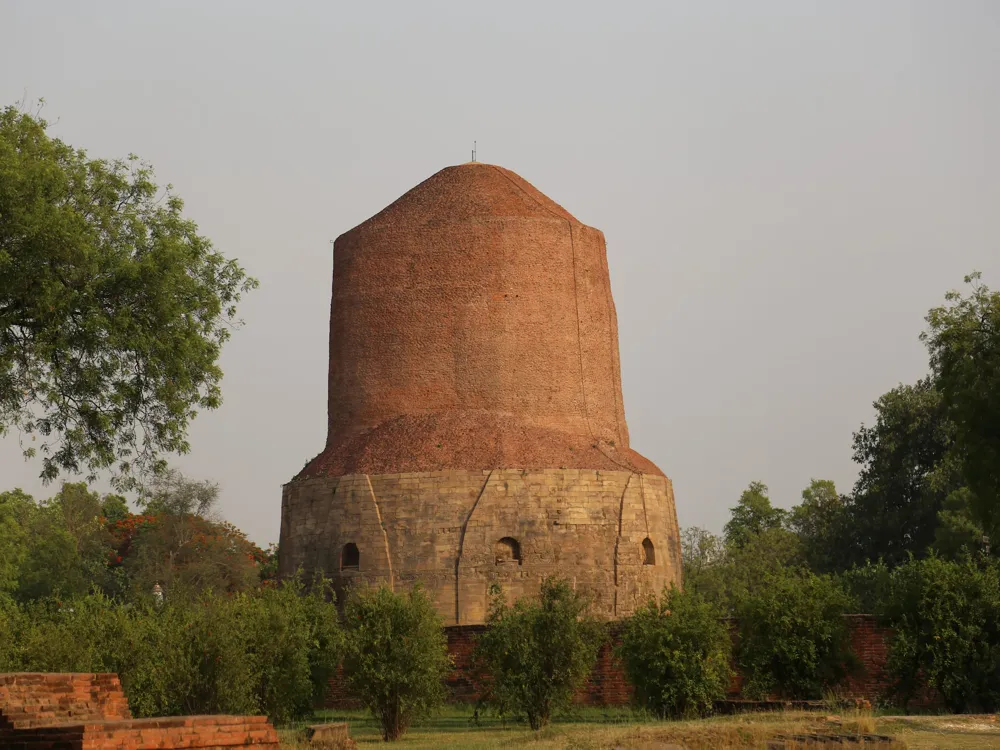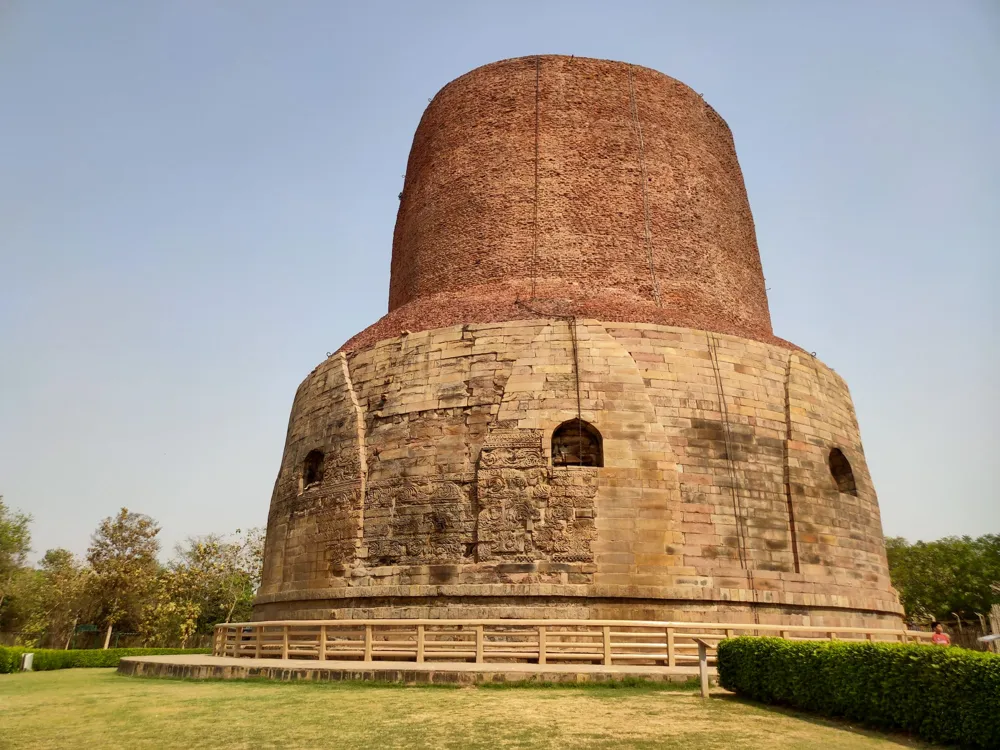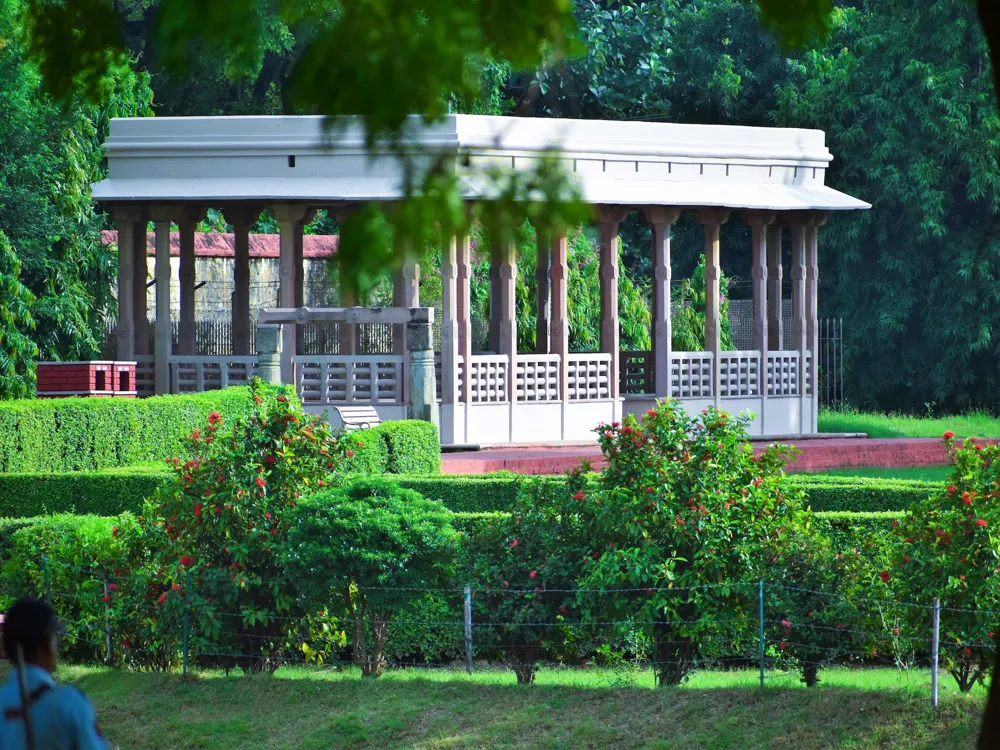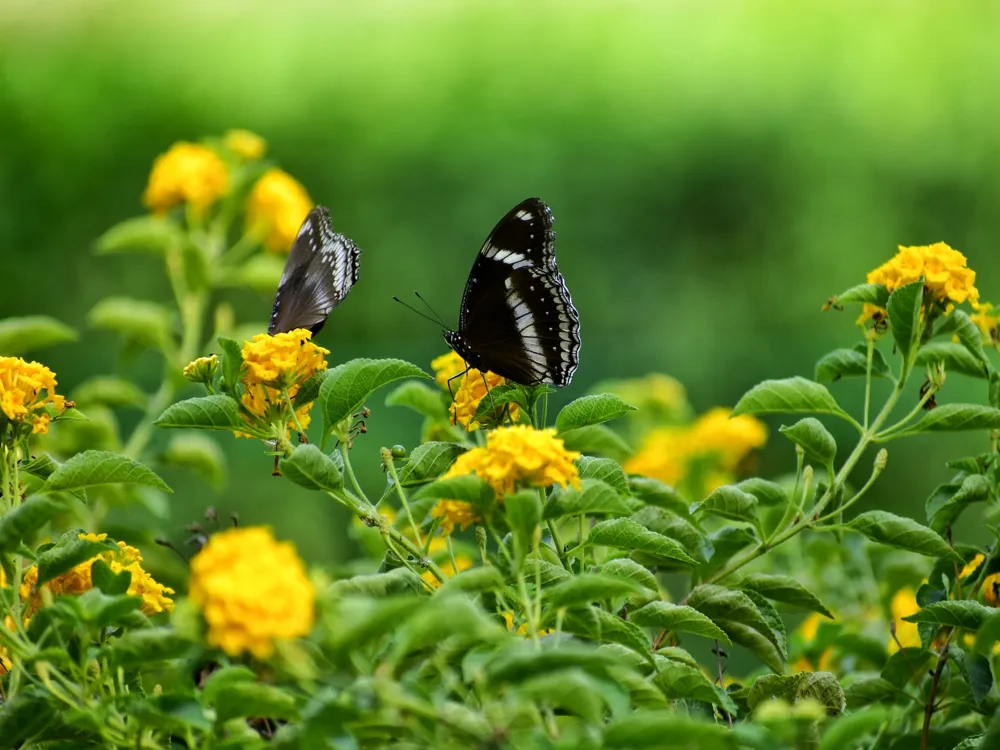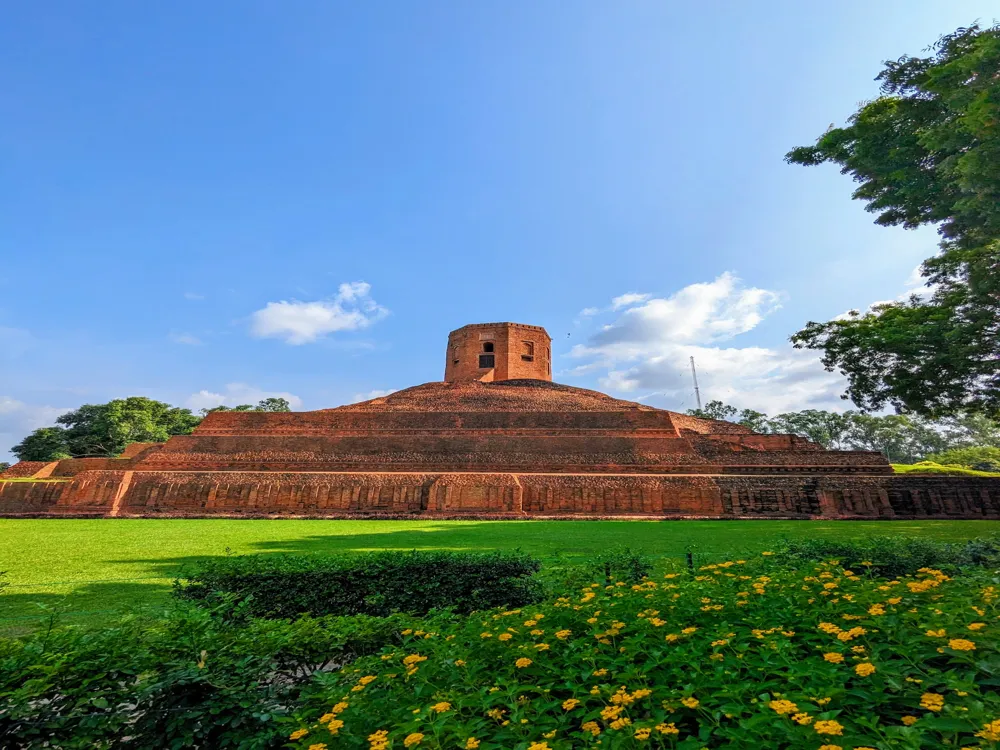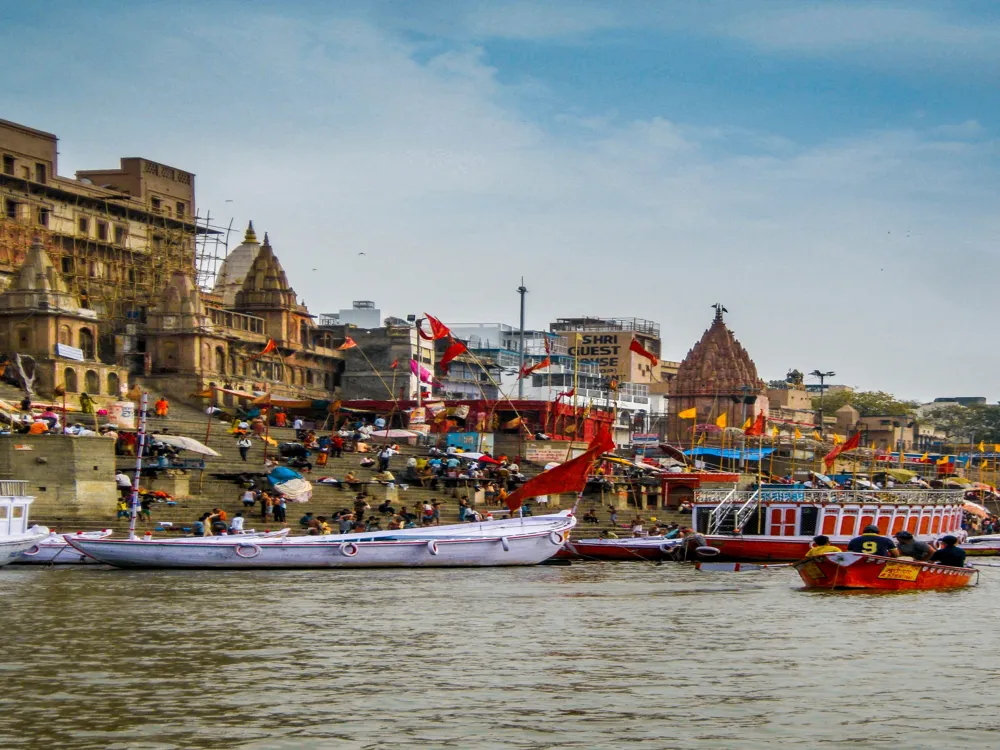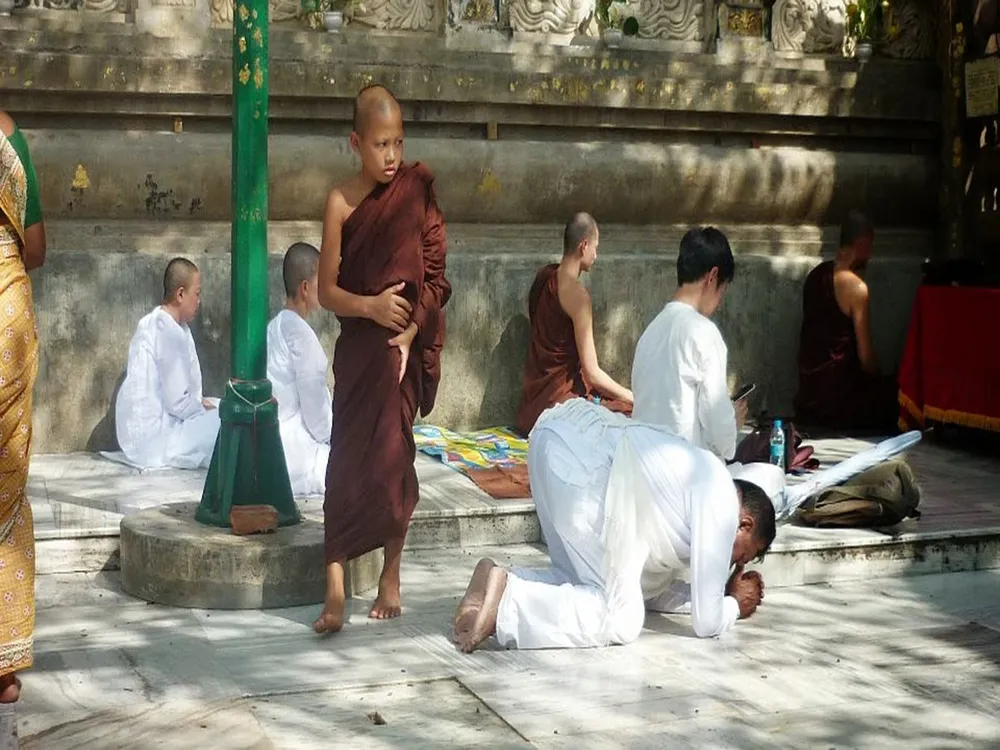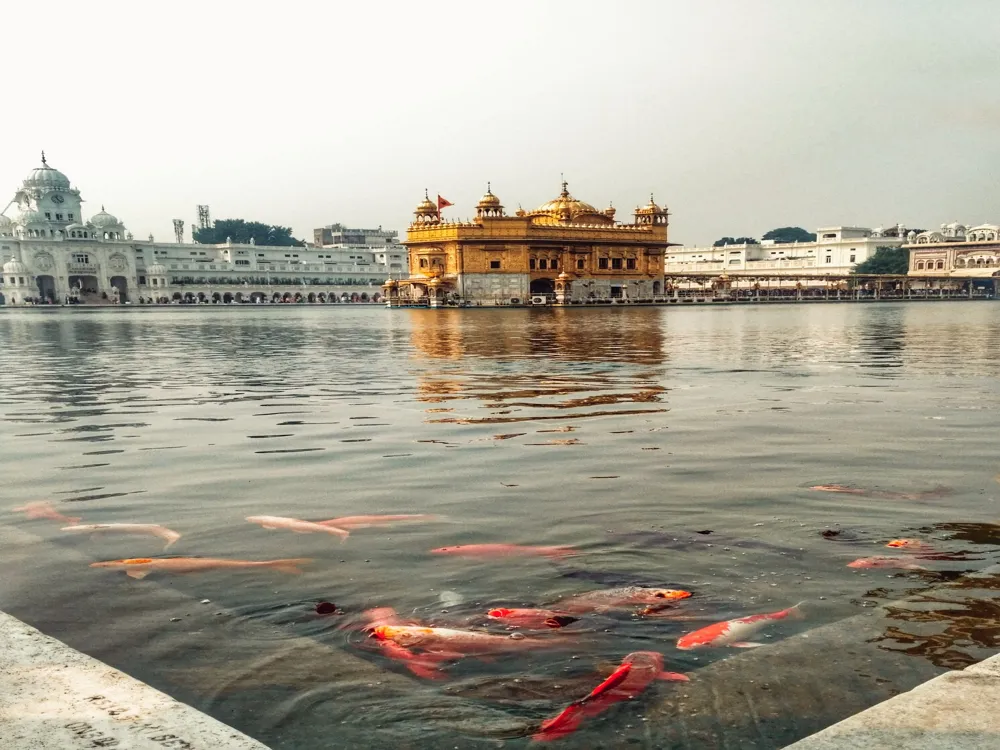Plan Your Travel To Sarnath
Places To Visit In Sarnath
Archaeological Museum, Sarnath
Established in the year 1910, the Archaeological Museum displays a small collection of artefacts ranging from the 3rd century BC to 12th century AD.
Ashoka Pillar, Sarnath
The national emblem of India and a mark of Emperor Ashoka's visit to Sarnath, the Ashoka Pillar crafted out of stone is an impressive structure with four lions at the top. This 50 m long pillar along with the Dhamek Stupa, are Ashoka's gift to Buddhism and the entire complex has a calm aura to it. A number of monks are spotted meditating around the compound. The entire complex is filled with lush green lawns, and along with the Stupa, they resemble a colony with the Ashoka Pillar being the main attraction. India's oldest archaeological museum has been built at the periphery of the complex.
Sarnath along with Lumbini, Bodhgaya, and Kushinagar are the four places that Lord Buddha suggested visiting to his followers. Erected in the thirteenth century, most of the structures in the area are in ruins, but the pillar stands high. Bull, a lion, an elephant and a horse are depicted on the base of the Ashoka Pillar which symbolizes the four different phases of Gautam Buddha's life. Dhamek Stupa is an important landmark for Buddhists where Lord Buddha preached his lessons for the very first time. He only had five disciples behind him then. Sarnath is also mentioned as Rishipatana in the Buddhist literature since more than five hundred sages fell here after attaining Nirvana. There are also prayer wheels in the compound with beautiful carvings of 'Om Mani Padme Hum' in Sanskrit. The graphic representation of the Ashoka Pillar and the words 'Satyamev Jayate' written below in Devanagari have been adopted as the official Emblem of India.
Read More
Chaukhandi Stupa
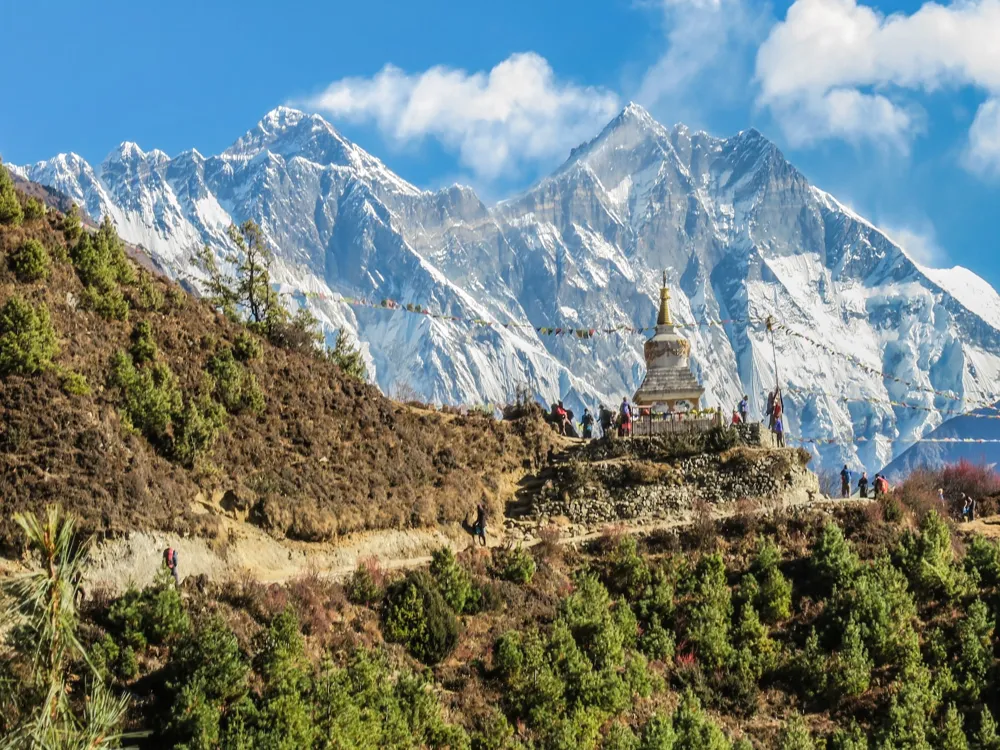
The Chaukhandi Stupa is regarded as one of the most divine and important monuments of the Buddhist culture. This stupa has been built on the exact spot where the great Lord Buddha first met his five ascetics- to whom he later went on to preach his first teachings. The monument has been erected as a commemoration of this significant event that eventually became instrumental in the rise of the religion of Buddhism. The Chaukhandi Stupa is an evolution over burial mounds and serves as a shrine to the great Lord Buddha.
Sarnath is a very holy site for Buddhist pilgrimage in the state of Uttar Pradesh. The entire city is a testimony to the Buddhist culture because of the many historical Buddhist monuments that call this city their home. Temples, monasteries, museums, gardens - there are many attractions here that are dedicated to Buddhism and its history, and the Chaukhandi Stupa is one of the most prominent ones drawing many tourists every year. The Chaukhandi Stupa is the holiest and the most frequently visited attraction of all the sacred pilgrimage spots in the entire state of Uttar Pradesh.The divinity of the monument is felt in the air that surrounds it. A tranquil vibe of piousness fills up the air, and you can feel each breath of this pure air cleansing your soul. Staring at this majestic structure leaves you in awe of its magnanimous stature and unmatched beauty.
Read More
Thai Temple
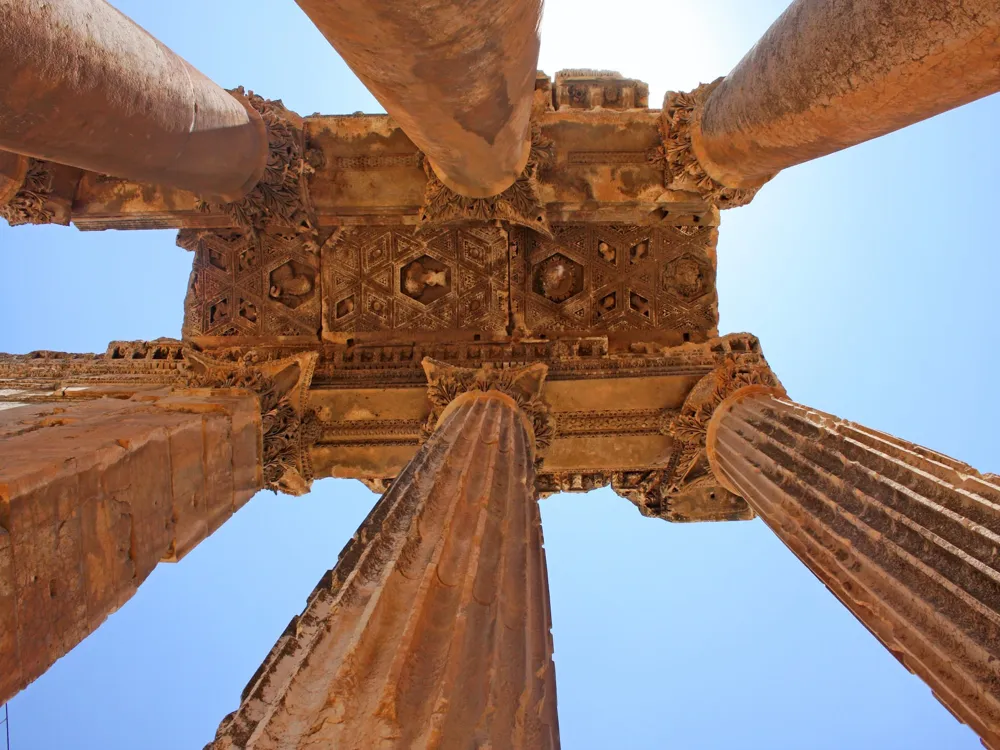
A well known attraction in Sarnath, the Thai Temple displays the That style of architecture. The temple is set amongst beautiful gardens and is managed by Thai Buddhist Monks offering calm and peaceful surroundings.
Tibetan Temple, Sarnath
This Buddhist shrine has been decorated with Thangksa, which are Tibetan Buddhist paintings. The temple features a statue of Shakyamuni, the Buddha. The Prayer Wheels are seen outside the building which on being rotated clockwise, release paper scrolls with prayers written on them.
Dhamek Stupa
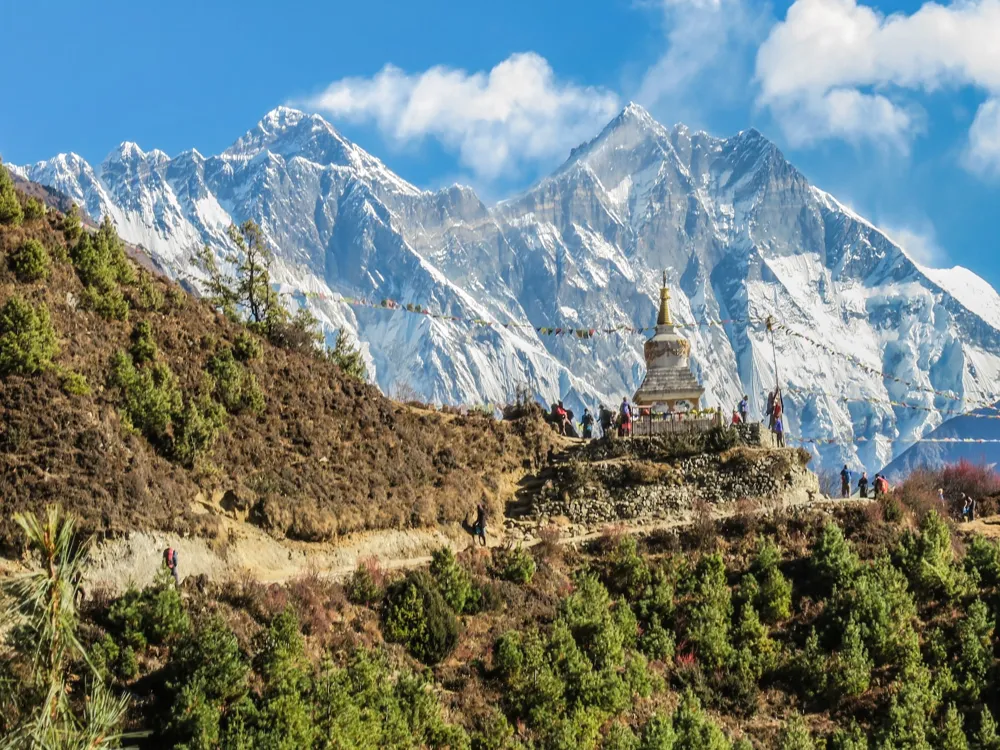
Revered for being the exact spot or Rishipattana where Lord Buddha revealed his first eightfold path sermon to disciples, Dhamek Stupa is the main stupa of Sarnath. King Ashoka had passed the orders to renovate the existing pe-Buddhism tumuli in the 3rd century BC which was completed 2,500 years ago. The cylindrical stupa is made entirely out of bricks with a formidable diameter of 28 metres.
Elaborate murals, wall carvings and a small museum after the entrance provide deep insights into the monument's details and Buddha’s teachings. Halfway across Dhamek Stupa, arched niches stand proudly though the statues of Buddha on them are rather dilapidated. The beautiful Dhamek Stupa attracts devotees and Buddhist pilgrims, as well as leisure visitors, picnickers and nature enthusiasts for its manicured gardens and benches dappled in shade by mature trees. Recently, PM Modi inaugurated a vivacious light and sound show at Dhamek Stupa, allowing the holy stupa to gain worldwide attention.
Read More
Sarnath Archaeological Site

Located near the confluences of Ganga and Varuna Rivers in Varanasi, Sarnath archaeological site is the first place where Buddha began to preach his sermons. The site is built around the main Dhamek Stupa and its verdant gardens. It is also home to the legendary lion capital memorial pillar built by King Ashoka, the current Indian national emblem. Both of these are now maintained by the ASI in Sarnath Museum across the road.
Over the centuries, various Buddhist kings have added small and large temples built with exceptionally well-preserved Chunar sandstone. Buddhist monks would worship the exquisite statue of seated Buddha, the first idol of him ever built. When villagers in the area started stealing bricks and stones from this seemingly endless source, British officials decided to protect the area in 1904. Today, the ruins are coveted by scholars, pilgrims and visitors worldwide.
Read More
The Mahabodhi Society Temple
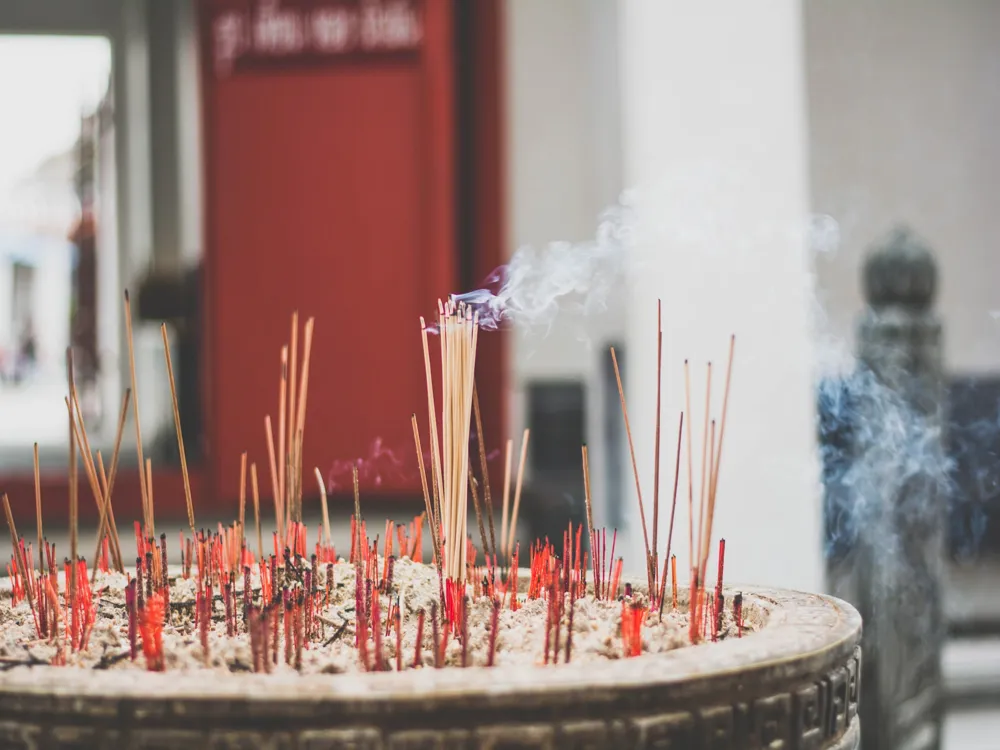
The Mahabodhi Society Temple at Sarnath is one of the most ancient temples in India, built in the Gupta period entirely out of bricks. It is the proselyte where Lord Buddha attained enlightenment. When a Buddhist monk, Dharmapala from Sri Lanka encountered the dilapidated condition of Sarnath, he campaigned to collect global funds from Buddhist countries and revive the temple. Finally, a temple was built next to the archaeological site, which was a replica of the original shrine in the site.
With donations from royal kings and worldwide governments, he erected the temple we see today close to the original site. Japanese artists were hired to paint the walls and frescoes at this stunning place of worship. Dharmapala also collected some ashes of Buddha, preserved in Myanmar, and stored it at Mahabodhi Society Temple. Propagated from Gaya to Sri Lanka and back to Sarnath, the Mahabodhi tree at this temple is revered as a relic of Buddha himself.
Read More
Sarnath Travel Packages
View All Travel Packages Sarnath
Nearby Places Sarnath
Browse Package Collections
Browse Hotel Collections






